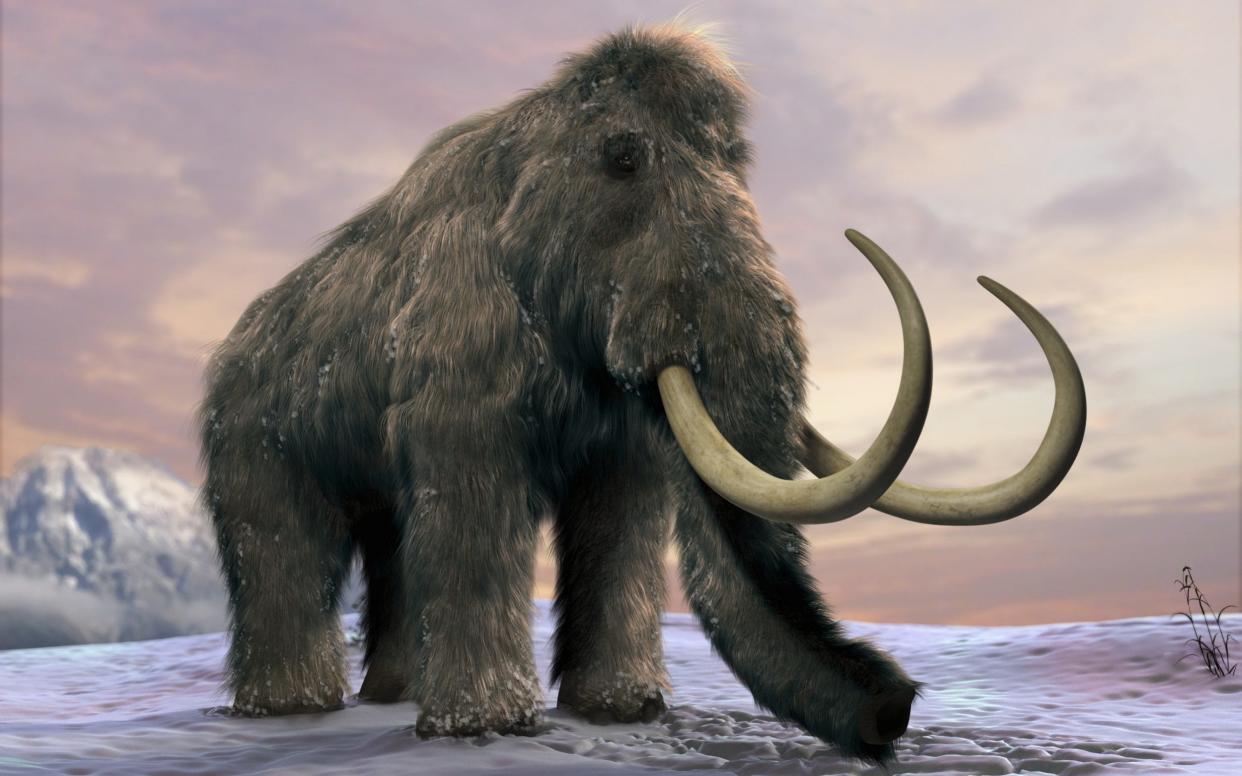Woolly mammoth ivory being traded, warn scientists

Ivory may not always be illegal, scientists have discovered, after finding woolly mammoth DNA while carrying out genetic work on the origins of elephant tusks.
The DNA was discovered in trinkets in Cambodian shops alongside items made with ivory from endangered Asian and vulnerable African elephants.
The finding poses a conundrum for conservationists because woolly mammoths have been extinct for around 10,000 years and are not covered by international agreements on endangered species.
Dr Alex Ball, manager of the WildGenes Programme, based at Edinburgh Zoo, who is carrying out the Defra funded research, said: “It was a surprise for us to find trinkets made from woolly mammoth ivory in circulation, especially so early into our testing and in a tropical country like Cambodia.
“It is very hard to say what the implications of this finding are for existing elephant populations, however we plan to continue our research and will use genetics to work out where it has come from.”
It is estimated that 30,000 elephants every year are killed for their ivory and sales are increasing in countries like Cambodia.
Yet there is no evidence of poaching in Cambodia’s own populations so experts were keen to see where the ivory was coming from.
“If we can use genetics to identify where elephants are being killed for their ivory, measures can be taken to protect those most at risk of persecution,” added Dr Ball.
“Understanding where the ivory is coming from is vital for enforcement agencies looking to block illegal trade routes.
“DNA from ivory samples can reveal important information about the individual that grew the tusk, including where its closest relatives live."

